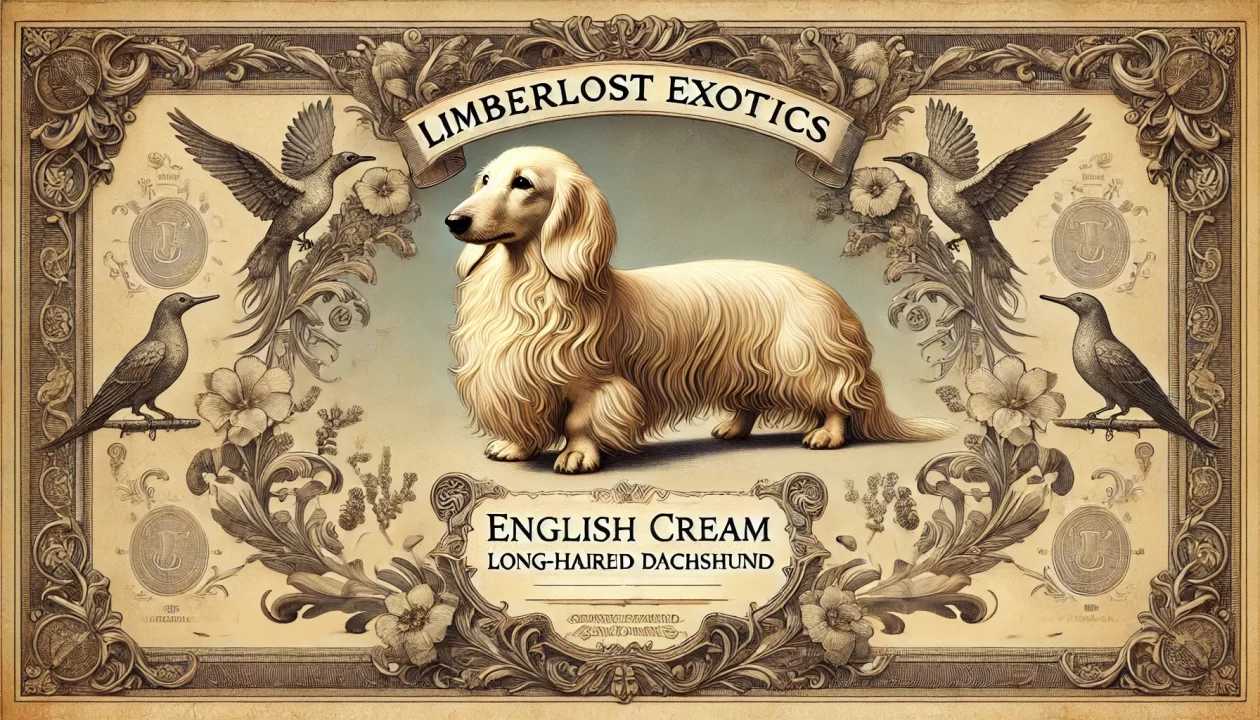
Dogs have been human companions for thousands of years, selectively bred for specific roles such as hunting, herding, guarding, or companionship. However, within the world of canine genetics, there is an important distinction between dog breeds and genetic lines—two terms that are often mistakenly used interchangeably. Understanding this difference is key to appreciating the diversity and complexity of the domestic dog (Canis lupus familiaris).
What Is a Dog Breed?
A dog breed is a group of dogs that share consistent physical and behavioral traits, recognized and maintained through selective breeding. Breeds are typically established and recognized by kennel clubs or breed registries, such as the American Kennel Club (AKC), the United Kennel Club (UKC), and the Fédération Cynologique Internationale (FCI).
Key Characteristics of a Dog Breed
1. Standardized Traits – Each breed has a set of defining characteristics, including size, coat type, color, temperament, and physical structure.
2. Registry Recognition – A breed is officially recognized and maintained through breed registries, which track lineage and ensure dogs meet the breed standard.
3. Predictability – Because of strict breeding standards, puppies of a specific breed will generally grow into adults with predictable physical and behavioral traits.
4. Selective Breeding Over Generations – Breeds are developed through selective breeding of dogs that exhibit desired traits, often over centuries.
Examples of Dog Breeds
• Labrador Retriever – A breed known for its friendly temperament, intelligence, and retrieving ability.
• German Shepherd – Bred for herding and protection, recognized for its intelligence and versatility.
• Dachshund – Originally bred to hunt badgers, known for its elongated body and short legs.
What Is a Genetic Line?
A genetic line refers to a distinct lineage within a breed or a population of dogs that have been selectively bred in relative isolation over generations. Unlike an officially recognized breed, a genetic line may not always adhere to a breed standard and often exhibits specific traits that have been emphasized through selection.
Key Characteristics of a Genetic Line
1. Isolation and Selection – A genetic line is formed when a group of dogs is selectively bred within a closed population for specific traits, which can include working ability, health, or temperament.
2. Variation Within the Breed – A genetic line can exist within a recognized breed but may differ significantly in appearance, behavior, or health.
3. Not Always Recognized by Kennel Clubs – While some genetic lines align with breed standards, others may not be officially recognized.
4. Can Lead to New Breeds – If a genetic line is bred separately for long enough and meets distinct standards, it may eventually become recognized as a separate breed.
Examples of Genetic Lines
• American vs. European German Shepherds – The American line of German Shepherds is often bred for show, with an emphasis on appearance, while the European line is bred for working ability and has stricter health and temperament requirements.
• Racing vs. Show Line Greyhounds – Racing Greyhounds have been bred for speed and endurance, making them leaner and more athletic than show-bred Greyhounds, which adhere to a conformation standard.
• Old Working Line Border Collies – Some Border Collie lines are bred purely for their herding ability, separate from show lines that emphasize breed standard looks.
Breed vs. Genetic Line: A Comparison
Feature Dog Breed Genetic Line
Definition A group of dogs with standardized traits recognized by kennel clubs A subset of a breed with distinct traits developed through selective breeding
Recognition Officially recognized by breed registries May or may not be recognized
Predictability High predictability in physical and behavioral traits Somewhat predictable but with variations
Selection Focus Conformation to breed standards Specific functional or aesthetic traits
Examples Labrador Retriever, German Shepherd, Dachshund Working-line vs. show-line German Shepherds, racing vs. show Greyhounds
Why Does the Distinction Matter?
Understanding the difference between a breed and a genetic line is important for dog owners, breeders, and enthusiasts.
• Health Considerations – Some genetic lines may have a higher prevalence of hereditary diseases due to limited genetic diversity.
• Function vs. Form – People seeking a dog for a specific purpose (e.g., herding, protection, or companionship) should consider whether a breed or a specialized genetic line better suits their needs.
• Preserving Genetic Diversity – Over-breeding within a single genetic line can lead to health issues, making responsible breeding practices crucial.
Conclusion
While dog breeds are formally recognized groups with standardized traits, genetic lines represent variations within breeds that have been selectively developed for specific purposes. Whether looking for a pet, working dog, or show dog, understanding this distinction can help in making informed decisions about choosing the right dog for the right purpose.

